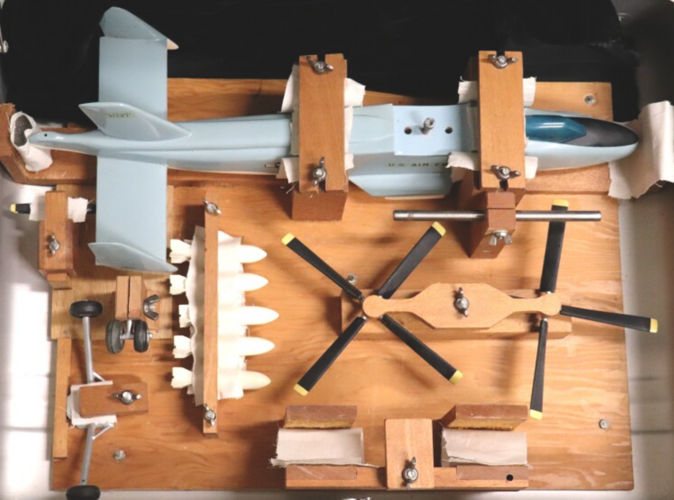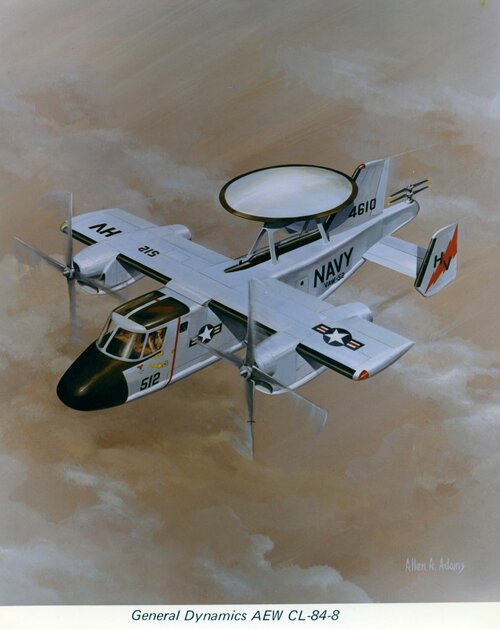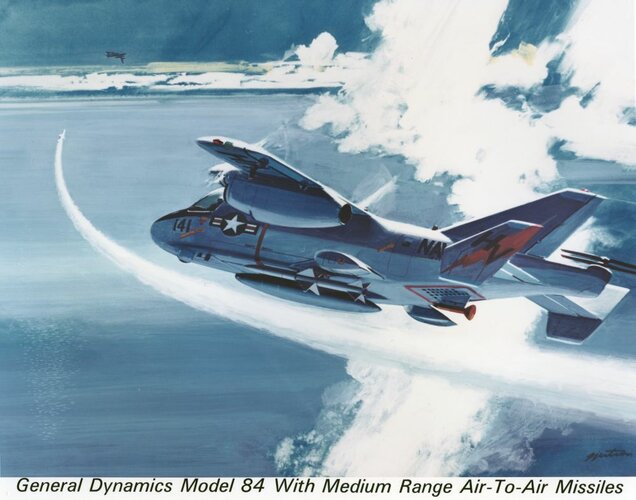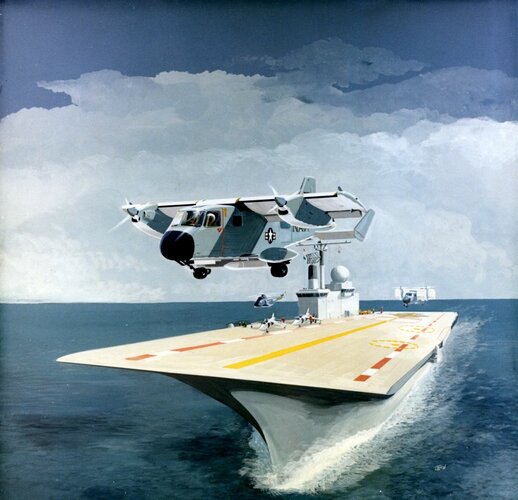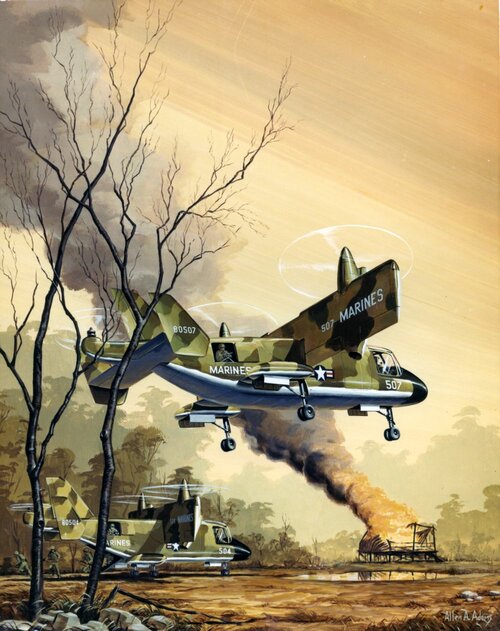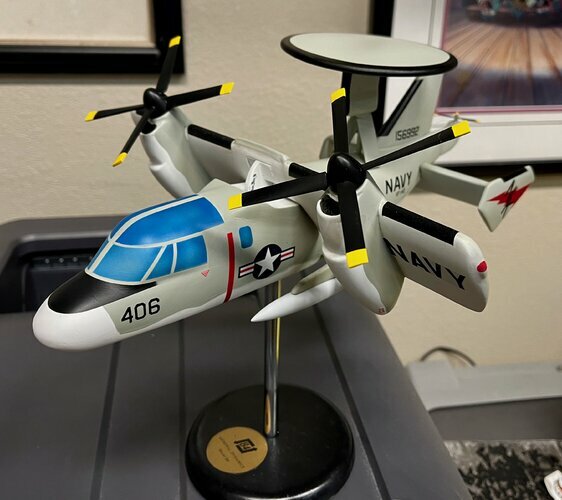A few thoughts if I may.
Impressed by the results of the tests of the first CL-84, the Canadian Departments of of Industry, Trade and Commerce and of National Defence ordered three pre-production aircraft, designated CX-84s, in February 1968. The interest of the former should be noted. Its involvement appeared to be linked to the development of civilian versions of Canadair's VTOL aircraft.
Incidentally, Canadair's engineering staff seemingly did not like the name Dynavert, which had been picked out of thin air by the PR staff.
Busy with the start of production of the Northrop F-5 and the development of the Canadair CL-215 water bomber, Canadair was unable to devote much time to the CX-84. Worse yet, interest in the Canadian Armed Forces seemed to wane over the months. As a result, the first CX-84 did not fly until February 1970. Once completed, the other two aircraft were put into storage.
The first CX-84 went to the United States in February 1972 at the request of the U.S. Navy (USN). This service was then considered ordering up to eight Sea Control Ships (SCS), a type of relatively inexpensive light aircraft carrier whose strike force consisted of VTOL aircraft and helicopters. Designed to escort amphibious forces, convoys of merchant ships, and groups of ships used for ammunition and fuel supply, the SCS did not generate widespread enthusiasm within the USN.
CX-84 demonstration flights included short, vertical take-offs and landings on the U.S.S. Guam, then used to check if the SCS concept met the needs of the USN.
The second CX-84 traveled to the United States in December 1972 for a tripartite land test program involving the USN, the Royal Air Force and the Canadian Armed Forces. Its crash in August 1973 had only a limited impact on this program. Indeed, this aircraft was quickly replaced by the first CX-84. This aircraft performed a few short, vertical takeoffs and landings from the U.S.S. Guadalcanal circa March 1974.
While all these tests were taking place, Canadair landed a development contract for an improved version of the CL-84, bigger, heavier and more powerful, intended for distant early warning, anti-submarine warfare or transport (troops , freight). The aircraft manufacturer's parent company promoted it in the United States. General Dynamics actually anticipated that its Convair Aerospace division would play an important role in a possible production program of this Convair Model 84
The retirement (on 1 July 1974?) of Admiral Elmo Russell "Bud" Zumwalt, Junior, Chief of Naval Operations and main promoter of the SCS within the USN, was a game-changer. Opponents of the project rallied their forces and managed to obtain its abandonment in July 1974, without a single ship having been started. Now with no major potential customers, Canadair phased out the CL-84 in September.











